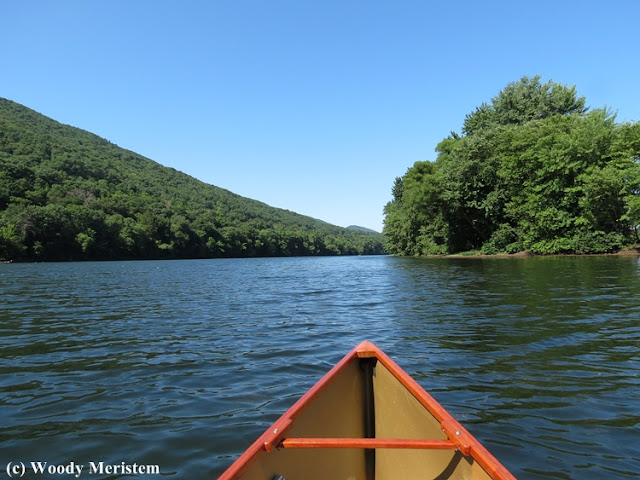Monarda is the name of a genus of mints that are
found throughout northcentral Pennsylvania and far beyond. They’re the largest
of all the mints growing here and are found in several different habitats.
All of the Monarda species (also called bergamots) go by a number of different common names – Oswego
tea, basal balm, wild bergamot, bee balm, horsemint, and more. Here, three
species of Monarda are found in
different habitats.
The least common is basal balm or white bergamot
that I’ve only found in disturbed sites in the shade along large streams. It
does indeed have white flowers, but usually with fewer flowers on each flower head than
the other two species.
Basal balm, as the others bergamots, has an
abundance of nectar that is attractive to insects –
By far the most common Monarda here is wild bergamot, which grows readily in abandoned
fields, roadsides and other sunny spots. In color the flowers range from white
to various shades of lavender to purple –
Butterflies are the most conspicuous and
beautiful of the insects found feeding on Monarda;
from the silver-spotted skipper –
To the spectacular tiger swallowtail –
Hummingbird clearwing moths –
And spicebush swallowtails –
When we think of the various species of
bergamot, the one that usually is first to come to mind is bee balm, the
brilliant red flower that is native to cool, moist, shady sites along streams.
Bee balm is commonly used as a garden plant and readily attracts insects -
And hummingbirds –
All of the Monarda species are flowers of mid-summer and will soon disappear
for another year.






























